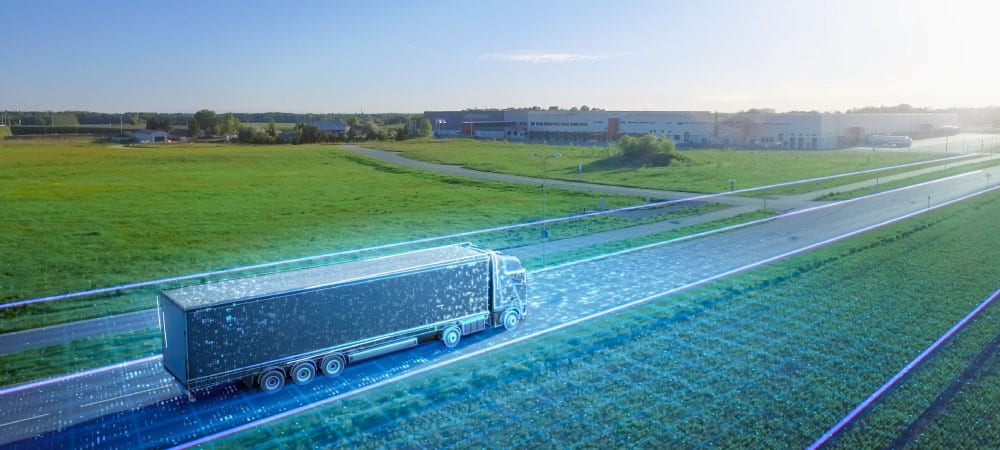Digital Transformation in Retail


Amazon, Flaschenpost and the like make it possible. Nevertheless, local retailers still offer consumers a number of advantages: personal advice, interpersonal interaction and - in many cases - many years of knowledge of customers and their needs. More and more retailers are also trying to create real worlds of experience for potential buyers.
When you enter a bookshop today, you often don't just see shelves full of literature. Instead, comfortable armchairs and the adjoining café invite you to browse and linger. In the games store, customers buy pizza and coke while the sales clerk explains the rules. This gives shopping in local stores an event character that online retail cannot offer.
The online trade
Nevertheless, e-commerce companies remain strong competitors for local retailers. This is also because they have permanently changed the purchasing behavior of many customers and their expectations in terms of service quality. Consumers are now used to fast deliveries, uncomplicated complaints and a wide range of payment options - and are quick to leave if companies disappoint them in this respect. Nevertheless, it happens time and time again: ordering from a local bookseller takes significantly longer than with common online platforms, and goods declared as "in stock" on the company's website are not there when the customer wants to pick them up on site.

"Isolated solutions are hardly suitable for cross-channel analyses. This requires a modern IT infrastructure."
Dr. Torben Mauch,
Head of Organizational
Change Management, Nagarro
In many cases, the reason is that retailers have insufficient knowledge of their information and data flows. The digitalization of business processes can help here. It enables bricks-and-mortar retailers to play to their strengths and at the same time achieve the level of service that consumers are accustomed to online.
The road to the digital age
Mona Haarmann and Torben Mauch, retail and organizational change management experts at IT service provider Nagarro, also see great scope for optimization that companies could realize by digitizing their operational processes. "In many cases, for example, inventory management in stores is a major challenge for many retailers," says Mona Haarmann, summing up her project experience. "They often don't know exactly where a product is located in the store. All it takes is for customers to take items from the shelf, look at them - and then put them away incorrectly. This makes it very difficult to replenish shelves in a targeted manner or even automate reorders," she continues.
The extent of the potential for optimization through greater digitalization varies greatly. Some retailers still only sell locally, while others have a website with a connected online store. Still others use larger services such as Amazon to sell at least part of their product range online. "In many cases, there is no holistic, well thought-out overall strategy behind this, but rather many isolated solutions that are not networked with each other," reports Torben Mauch. "However, such isolated solutions are hardly suitable for cross-channel analyses that enable comprehensive planning. A modern IT infrastructure is needed first."
ERP as the core of digitalization
The anchor point of successful digitalization is therefore always a modern ERP system such as S/4 Hana, which forms the core of such an infrastructure. In combination with tools such as the SAP Business Technology Platform (BTP), companies can automate processes, even across company boundaries, and merge, aggregate and evaluate data from a wide variety of sources. "The BTP in particular enables companies not only to use applications in isolation, but also to connect them directly to the ERP system. In such cases, BTP acts as a higher-level interface and enables retailers to use data across applications and in an integrative manner," explains Mona Haarmann. "With SAP for Retail, there is also an industry solution that enables data to be provided on a daily basis - a clear advantage over the isolated use of the ERP system."
Companies are not forced to purchase each element individually. Rise with SAP thus offers a comprehensive solution that already includes access to BTP and the SAP Business Network in addition to the cloud-based ERP system S/4.
Ultimately, however, it is not so much the tools as such that are decisive, but rather the use cases that retailers can implement with them. Numerous scenarios are conceivable, which can often be freely combined with one another:
For example, if a company links its webshop software with the BTP, it can evaluate sales from offline and online sales together - and thus obtain a clearer picture of customer purchasing behavior. The evaluation of the search terms even gives the company an indication of whether the product range is incomplete in one place or another - and should therefore be supplemented accordingly.
If the company uses SAP for Retail, it can update the current stock levels in real time. The product stock stored in the merchandise management module is automatically reduced when it is cleared at the checkout. The retailer can also use this data for the web store. This prevents products that are actually no longer in stock from being marked as "available". If the company falls below a certain, previously defined threshold value for important products, it can also initiate automated orders to suppliers. The order quantities can be determined statically or, alternatively, dynamically using statistically determined trends.
"In many cases, for example, inventory management in stores is a major challenge for retailers."
Dr. Mona Haarmann,
Managing Consultant,
Nagarro

In the best case scenario, a company can even create a digital twin of the store. This is a virtual image of the physical store. Using sensors, cameras and/or robots, the retailer records, for example, the number and quantity of products available, their location on the floor and all associated prices. If a customer then places a product on the wrong shelf, for example, or if prices are inadvertently mislabeled, the system automatically recognizes this via the stored AI and informs the employees. This relieves them of small-scale checking tasks and allows them to focus on customer service instead.
Minimize queues
However, technology not only optimizes logistics, it can also directly improve the shopping experience. In addition to a lack of advice, the classic annoyance for customers is long queues at the checkout. Some retailers are already responding to this by equipping shopping carts with scanners. Customers then scan the goods themselves via barcode before placing them in the trolley - and then pay for the entire purchase conveniently at a self-checkout terminal. It would also be conceivable to combine this technology directly with an app - and thus offer additional payment options such as direct debit or PayPal. In the future, this could even make checkouts completely redundant.
Conclusion
The use of modern technologies therefore offers bricks-and-mortar retailers a range of options to compete with online retailers. Although costs are incurred for the digital infrastructure and new processes, especially at the beginning of the transformation, this is offset by a wide range of long-term savings potential and - above all - significantly better service. Through automation in particular, retailers can often significantly relieve their employees of routine tasks such as stocktaking and tidying up. At the same time, they gain time to devote more time to their customers. Torben Mauch is also convinced of this: "Our aim is not to make retail employees superfluous. Quite the opposite. People who shop locally generally appreciate personal contact and individual advice. We want retailers and their employees to be able to concentrate on these tasks. Modern tools that make this possible actually ensure that jobs become much more attractive."





